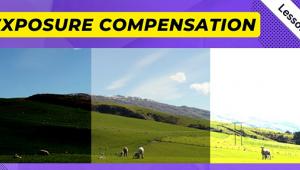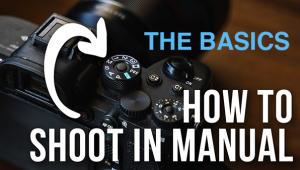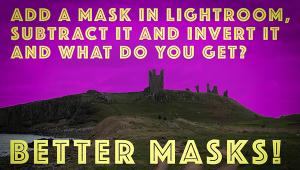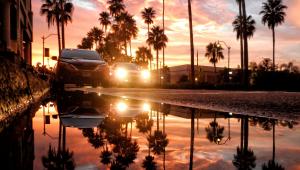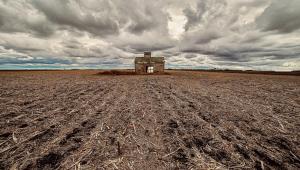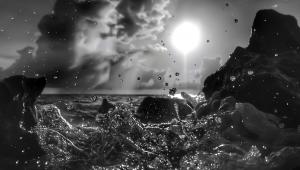Camera Basics: When & How to Use Scene Modes in Unfamiliar Situations (VIDEO)

We recently featured a tutorial from the Great Big Photography World explaining why you may want to experiment with a camera's Program mode even if you're not a beginner. The episode below, discussing the convenience of Scene modes, is another installment in their series exploring the various options on your camera's mode dial.
If you watched the earlier tutorial you'll notice how Scene modes are similar to the Program mode, in that shutter speed, aperture, and ISO are all set automatically. But here's the big difference: When a scene mode is selected, and there are several options from which to choose, the camera applies optimum exposure settings for the specific scene being photographed.
This can be a real timesaver when dealing with unfamiliar subjects—like when shooting nighttime portraits with an illuminated cityscape in the background. Rather than trying to calculate how to properly expose both your subject and the sparkling backdrop, simply choose the Night Portrait scene mode and the camera will do all the heavy lifting on your behalf.

There are other scene modes that can be equally helpful for quickly getting the light right in situations that you haven't photographed before and you don't want to miss a fleeting moment while you figure things out. Just choose the appropriate mode, concentrate on composition and focus, and the camera will automatically bail you out.
Another example is the scene mode labeled Sports. Here the camera will select a fast shutter speed to avoid motion blur of fast-moving subjects. In the Portrait mode (not to be confused with the Night Portrait setting mentioned above) your camera is programmed to select a wider aperture so that your sharply focused subject stands out against a softer background. Think of this mode as minimizing depth of field.
In Night mode the camera provides a high ISO setting so that you achieve accurately exposed photos under low-light conditions. The compromise you make in exchange for convenience when using the foregoing scene modes and others is that you give up control over exposure since you're delegating that task to the camera.

But in certain situations this can be a reasonable tradeoff—especially when the alternative is missing the shot altogether. Or as today's unnamed instructor says, "scene modes are designed to make using your camera easy—not creatively." The choice is up to you.
There's much more to be learned by paying a visit to the Great Big Photography World YouTube channel, so be sure to do that when you have time to explore.
And don't forget to check out the tutorial mentioned above that explores the benefits and drawbacks of capturing photographs in Program mode.
- Log in or register to post comments




